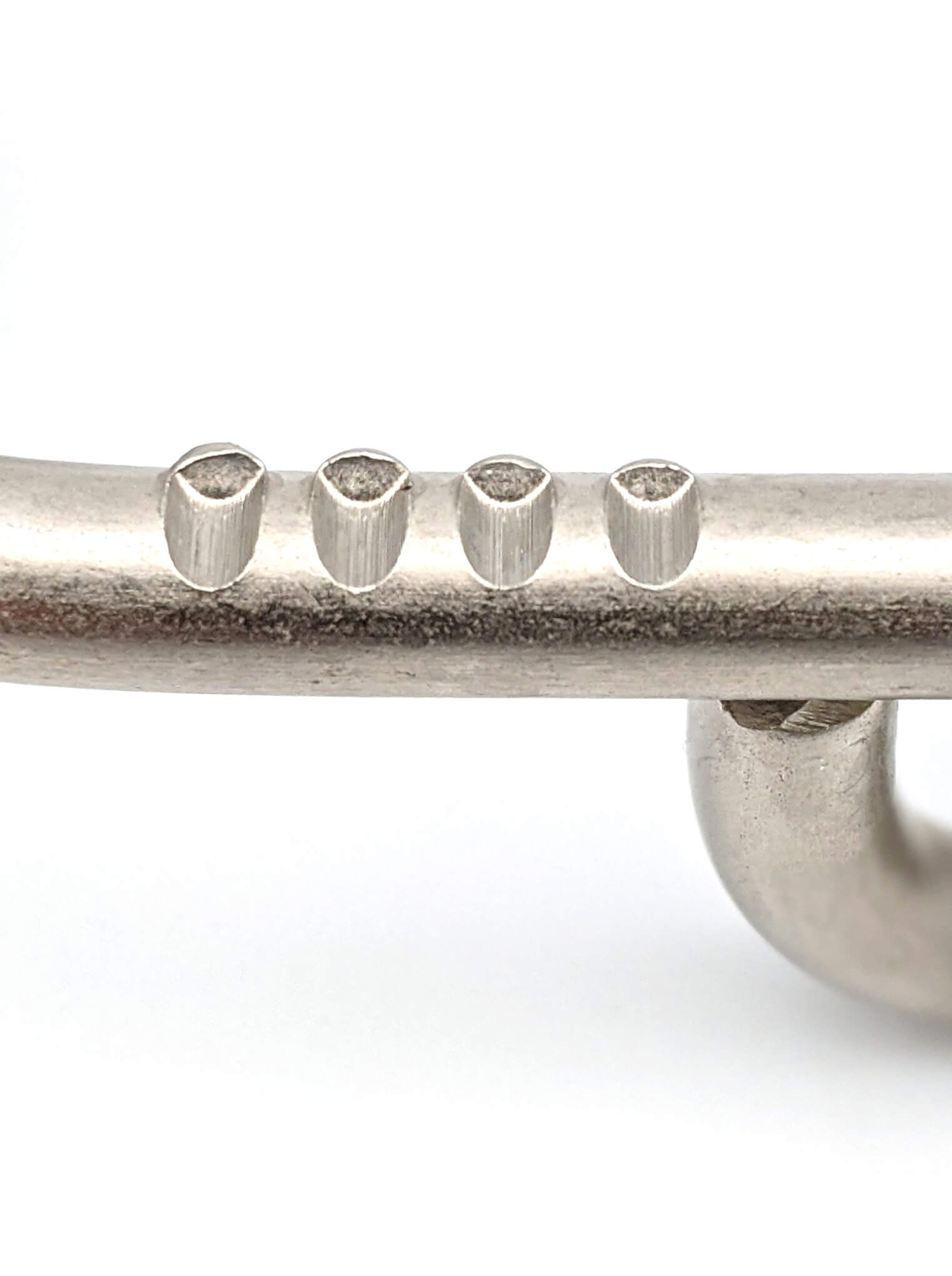Get unique, complex parts easily. No matter your requirements, Chaoyi Spring creates hard-to-produce coil springs and wire forms.
Let us help you create the custom wire form you need, from S-hooks and J-hooks to utility hooks and more.
We work closely with customers across a wide range of industries, helping them design and manufacture made-to-order parts.
Why choose Chaoyi Spring? We prioritize customer-focused collaboration, modern equipment and the latest technology to make your parts per print.
Find the information and guidance you need, from measuring a spring to learning about materials, placing an order and much more.
Tension springs, also known as extension springs, are essential components in various mechanical systems. They are designed to store energy when stretched and release it when returning to their original


Tension springs, also known as extension springs, are essential components in various mechanical systems. They are designed to store energy when stretched and release it when returning to their original length. Understanding tension springs is crucial for engineers, designers, and anyone involved in selecting the right spring for their applications. This article will provide a comprehensive guide to tension spring charts, explaining their purpose, features, and how to use them effectively.

A tension spring chart is a valuable tool that provides a visual representation of the key characteristics of tension springs. It typically includes information such as spring wire diameter, free length, number of coils, spring rate, load capacity, and material type. The chart is organized in a way that allows users to quickly find springs that meet their specific requirements.
Tension spring charts are designed to help users navigate through a variety of spring options. Here are some common features found in these charts:
Using a tension spring chart is relatively straightforward. The process typically involves identifying the desired characteristics of the spring, such as the required spring rate, load capacity, and free length. Once you have this information, you can navigate the chart to find springs that meet those criteria.
To illustrate this, let's consider an example: Suppose you need a tension spring with a spring rate of 10 lbf/in and a load capacity of 50 lbf. You can refer to the tension spring chart and locate the section that corresponds to these specifications. The chart will then list the available springs that meet these requirements. You can then further evaluate factors such as free length, wire diameter, and material type to select the most suitable spring for your application.
Tension spring charts offer several advantages for users:
While tension spring charts are valuable tools, it's crucial to consider additional factors beyond the information presented in the charts. Some important considerations include:
Tension spring charts are invaluable resources for anyone working with tension springs. They provide a concise and organized overview of spring characteristics, simplifying the selection process. Understanding the features and using the chart effectively can lead to more efficient and accurate spring selection, resulting in improved performance and reliability in mechanical systems. Remember to consider additional factors such as environmental conditions, fatigue resistance, and corrosion resistance for a comprehensive selection process.
By familiarizing yourself with tension spring charts and considering the factors discussed above, you can confidently choose the right tension spring for your specific application. Whether you're a seasoned engineer or a hobbyist, having a solid understanding of these tools will ensure your mechanical systems operate smoothly and efficiently.
Browse some of the custom wire forms and springs that we manufacture. Don’t see what you need? We specialize in made-to-order products that meet your application requirements.
Visit Our GalleryNeed a custom wire form or coil spring? We make it work. Fill out the contact form and a representative will respond within 1 business day. If you have a PDF or CAD file, you can submit to request a quote.